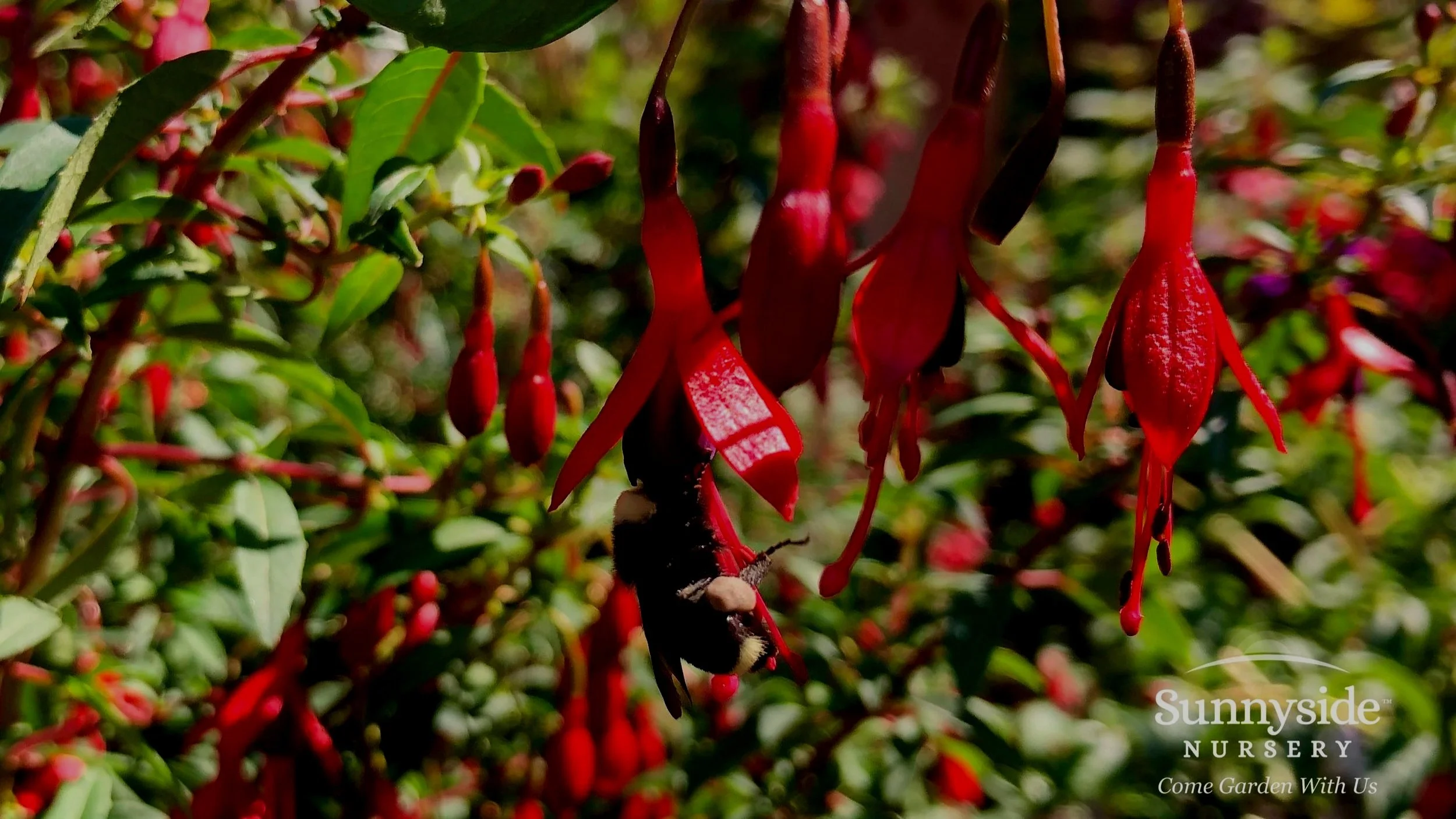Before I launch into my diatribe on the glories of annuals, I probably should make sure everyone understands the difference between annuals and perennials… Annuals are plants that grow, bloom, set seed, and die all in one season. Perennials, on the other hand, grow, bloom, set seed, go dormant, and then return the following season twice as big. Where as annuals will bloom all summer long, perennials, for the most part, only bloom for 5 to 6 weeks.
It's an odd thing that annuals can be very polarizing for some gardeners. Some seem to view them as garish, over the top and something that is fine in front of a fast-food restaurant but totally inappropriate in a residential setting. These believers sometimes go so far as to accuse gardeners of going to the “dark side” when planting annuals. A few years back I even saw a bumper sticker traveling around that said: “Friends don’t let friends plant annuals”. This is of course total hog wash in my book! It is indeed perfectly fine to plant annuals, assuming that they are not the only plants in your yard. Every garden needs bones, which are provided by shrubs, trees and other permanent plants which form the structure of the landscape. Annuals then come into play as the accents and drama that make it all fun and enjoyable to view. Annuals are a vital component to any garden, even if they are only planted in containers, window boxes, or hanging baskets.
I have to confess that I have always been drawn to annuals. I remember visiting public gardens as a youngster and being swept away with the mass plantings, such as one would see at Butchart Gardens in Victoria, BC. I have many fond memories of planting garden beds full of dwarf French marigolds and edging them with blue ageratum. It has been said that annuals are the “gateway drug” to gardening and I am living proof, as it is exactly how I got smitten in the first place. Annuals provide immediate gratification, which is perfect for a novice gardener. You can buy them as small packs, 4-inch pots or even gallon containers, plunge them into the garden with some fertilizer and compost, water them, and be rewarded instantly. It’s the oxycodone of the gardening world - in a good way, of course.
Annuals give us a huge bang for our buck, despite the fact that we toss them out at the end of the season. Traditionally, all annuals were grown from seed and by their nature, went back to seed by the end of the season (or sometimes even sooner). To delay this inevitable situation, gardeners would faithfully go out and remove spent flowers before they set seed - a procedure called “deadheading”. This is still the case with many annuals (such as cosmos, daisies and zinnias), but thankfully breeders have now come up with plants that are “self-cleaning”, which is a fancy way of saying they don’t set seed and therefore the old flowers just fall off and the plant keeps on blooming so we don’t have to do the nasty chore of deadheading.
There is one catch, however, to this “self-cleaning” phenomenon. Because these plants don’t set seed, they have to be propagated by cuttings, which is a more expensive process than sowing seed. Trust me when I say that it is well worth the extra expense because cutting-grown annuals are way more vigorous and therefore fewer are needed to get the same affect. So, in the end it all balances out.
To make your annuals really pop, you need to make sure that they are well fed and are growing in top quality potting soil. For big pots, where it is expensive to replace all the soil every year, I will remove maybe half of the old stuff. For smaller containers, it just makes sense to start new. As for fertilizer, I like to use a slow-release type (like Osmocote) and then feed weekly with a soluble type (like Sea Grow). The take home message for annuals is to feed, feed, feed!
I understand that buying a bunch of annuals this time of year can be a major purchase, but when you amortize the cost out over the summer season it is only pennies a day for what will be hours of entertainment and self-satisfaction. That’s a good return on your investment! My advice is simple, surround yourself with lots of color! You won’t be able to stop smiling and there aren’t many things (that are safe and legal) that will do that. Stay safe and keep on gardening!



